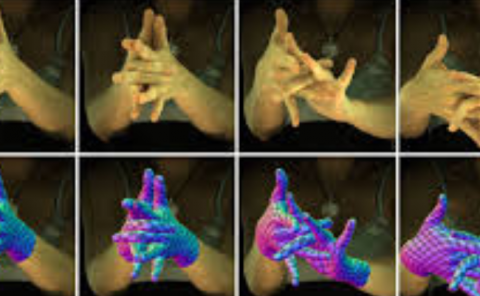Influence of path curvature on collision avoidance behaviour between two walkers
PubDate: November 2020
Teams: Univ Rennes
Writers: Sean D. Lynch, Richard Kulpa, Laurentius A. Meerhoff, Anthony Sorel, Julien Pettré & Anne-Hélène Olivier
PDF: Influence of path curvature on collision avoidance behaviour between two walkers

Abstract
Navigating crowded community spaces requires interactions with pedestrians that follow rectilinear and curvilinear trajectories. In the case of rectilinear trajectories, it has been shown that the perceived action opportunities of the walkers might be afforded based on a future distance of closest approach. However, little is known about collision avoidance behaviours when avoiding walkers that follow curvilinear trajectories. Twenty-two participants were immersed in a virtual environment and avoided a virtual human (VH) that followed either a rectilinear path or a curvilinear path with a 5 m or 10 m radius curve at various distances of closest approach. Compared to a rectilinear path (control condition), the curvilinear path with a 5 m radius yielded more collisions when the VH approached from behind the participant and more inversions when the VH approached from in-front. During each trial, the evolution of the future distance of closest approach showed similarities between rectilinear paths and curvilinear paths with a 10 m radius curve. Overall, with few collisions and few inversions of crossing order, we can conclude that participants were capable of predicting future distance of closest approach of virtual walkers that followed curvilinear trajectories. The task was solved with similar avoidance adaptations to those observed for rectilinear interactions. These findings should inform future endeavors to further understand collision avoidance strategies and the role of—for example—non-constant velocities.


